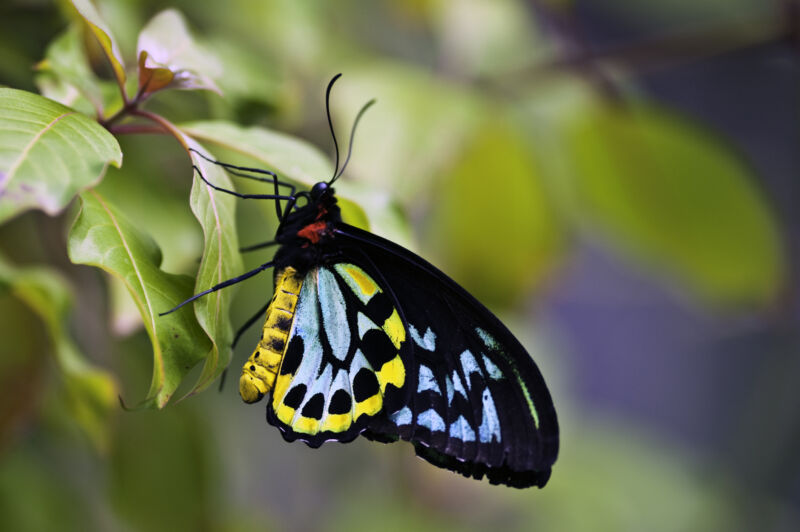Nearly 17 percent, or 22.5 million square kilometers, of the world’s land now falls within protected areas. Countries have established laws that safeguard these parcels of land—or in some cases, aquatic areas—to ensure that the natural ecosystems and their respective species and functions remain in good health. Creating protected areas has clearly helped some species, like the Asian elephant, survive.
But protected areas around the globe—at least as they stood in 2019—are failing to account for some of the world’s smallest, most vulnerable, and most fundamentally icky denizens: insects. New research sheds light on this issue, suggesting more than three-quarters of known insect species are not adequately protected by current dedicated conservation areas.
According to Shawan Chowdhury, a conservation biologist at the German Centre for Integrative Biodiversity Research and one of the paper’s authors, there are also likely many more species of creepy crawlies we don’t know about and that are likely also being failed by existing protected areas.
Here be monsters
The research began in 2019 when the research team started with data from around 100,000 insect species in the Global Biodiversity Information Facility, a large repository of information about where species are found. They overlaid this information over a map showing the locations and sizes of all the protected areas in the world in 2019. “It took a while,” Chowdhury told Ars.
The team then used an older methodology to determine how much of all the species’ geographic ranges would need to be protected to be considered adequately safeguarded. For instance, when their range is below 1,000 square kilometers, it must be 100 percent protected. When the range is 250,000 square kilometers, 10 percent should be protected, etc.
In all, Chowdhury and his team found that 76 percent of the species they studied were inadequately protected. The paper also noted that, within the list of species the team studied, 1,876 species across 225 families did not fall under any protected areas that existed at the time.
A bug new world
Going forward, when countries are planning protected areas, they should consider the welfare of these chitinous, gnarly, but often important species. (Chowdhury said the first part of this; the latter part was editorializing.)
Regardless, there’s much to learn about insect species and their conservation. Insects lack the charisma of, say, some large cat species, but they can play many important functions in their respective ecosystems, being predators of smaller species, decomposers, or pollinators. However, Chowdhury’s paper notes that 80 percent of all animal species are insects, yet this classification makes up only 8 percent of the species assessed on the IUCN Red List.
It doesn’t help that there are many unknowns surrounding insects. There may be as many as 10 million insect species worldwide, but only 1 million have been characterized. Chowdhury noted that more is known about species in the Global North, compared to the Global South.
“So, we actually know nothing about insects globally,” Chowdhury told Ars.
One Earth, 2023. DOI: 10.1016/j.oneear.2022.12.003 (About DOIs)



3175x175(CURRENT).thumb.jpg.b05acc060982b36f5891ba728e6d953c.jpg)
Recommended Comments
There are no comments to display.
Join the conversation
You can post now and register later. If you have an account, sign in now to post with your account.
Note: Your post will require moderator approval before it will be visible.